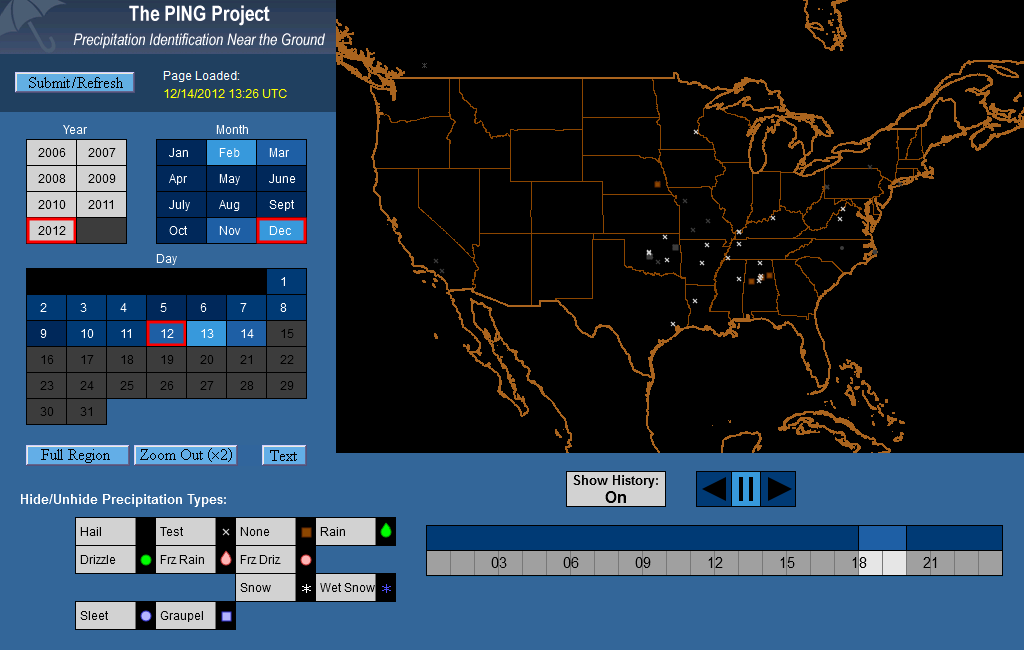In a little over three years this blog has reached 600 published posts; a feat I wasn't sure I would succeed at as my job description has changed 3 times during that same time period, and I don't say that in a negative way at all. 2012 has been a good year for me and my family and I really can't complain that much about it, although I know that is not the case for a lot of people around the world.
In 2012, dramatic changes have started to take effect across the country in education and in technology. Common Core has replaced state standards in English and Math and a move towards Science is slowly beginning, at least here in Kentucky. I am worried about the future of the social studies curriculum as we move towards a Math, Reading, and Science focus in schools. It would be very beneficial for future social studies teachers to have a "Teaching Reading" class in Teacher Education programs as teaching reading is of greater emphasis in the social studies classrooms.
2012 will become known as the year of assessments, and in Kentucky our new accountability model recently got its inaugural year out of the way. I am not sure this movement towards multiple assessments will go anywhere anytime soon, but I hope that someone sooner or later gets into a position of authority to realize that all that is truly happening is massive profits for the testing corporations. There is value in assessments, just not the way it is being pushed across our country.
The Sandy Hook shooting, unfortunately, will probably have a large impact on our schools as movements are made to increase security and place police in all schools. Someone should really take a look at how the increase in assessments and standards based education possibly correlates with an increase in violence towards schools. Not sure there is one, but it is a thought that has crossed my mind recently.
The growth of iPads and Tablets in the classroom and the aspect of
digital textbooks replacing paper versions will be growing substantially
in the future. More and more teachers are expected to be implementing the use of technology by students; while at the same time teacher education programs lag behind in preparing teachers and schools fight with the benefits and dangers of BYOD/BYOT. Most of the dangers are due to a lack of education at a young age on Digital Citizenship...because it is not "tested."
Social Media is changing how we receive news and even report it. I find myself searching Twitter or Facebook to get the latest information more than my television or other Internet sources. At the same time, I have to double check the information that comes across social media for accuracy. And as evident with the Sandy Hook tragedy, even news stations report inaccurate information in order to be first instead of correct. I think a lot of that has to do with social media. They know if they are first to report it, it will spread, and then it creates more visits to their websites and TV stations, thus increasing their revenue from advertisements.
Collaboration between teachers and students, teachers and parents, schools and parents/students, and students with students will be a major shift in thought in the next few years, in my opinion. More and more technology is available to make these avenues of communication and collaboration possible. The question will be the success and implementation of its use among educators.
The top posts of this blog through the years can be found in my
Anniversary Post from November plus the
10 Cell Phone Apps for Teachers post that I did recently that was popular as well. I am not sure where this blog will go in the next year, but I hope that I can continue updates with numerous posts per week relating to education and technology. My goal is to have more posts in 2013 then I did in 2012, so we will see.
What are your thoughts for the coming year and future of education? Feel free to link to your own post in a comment below.


